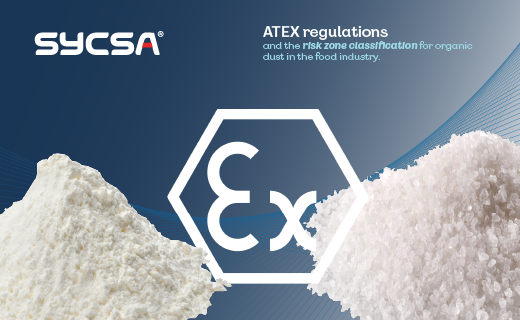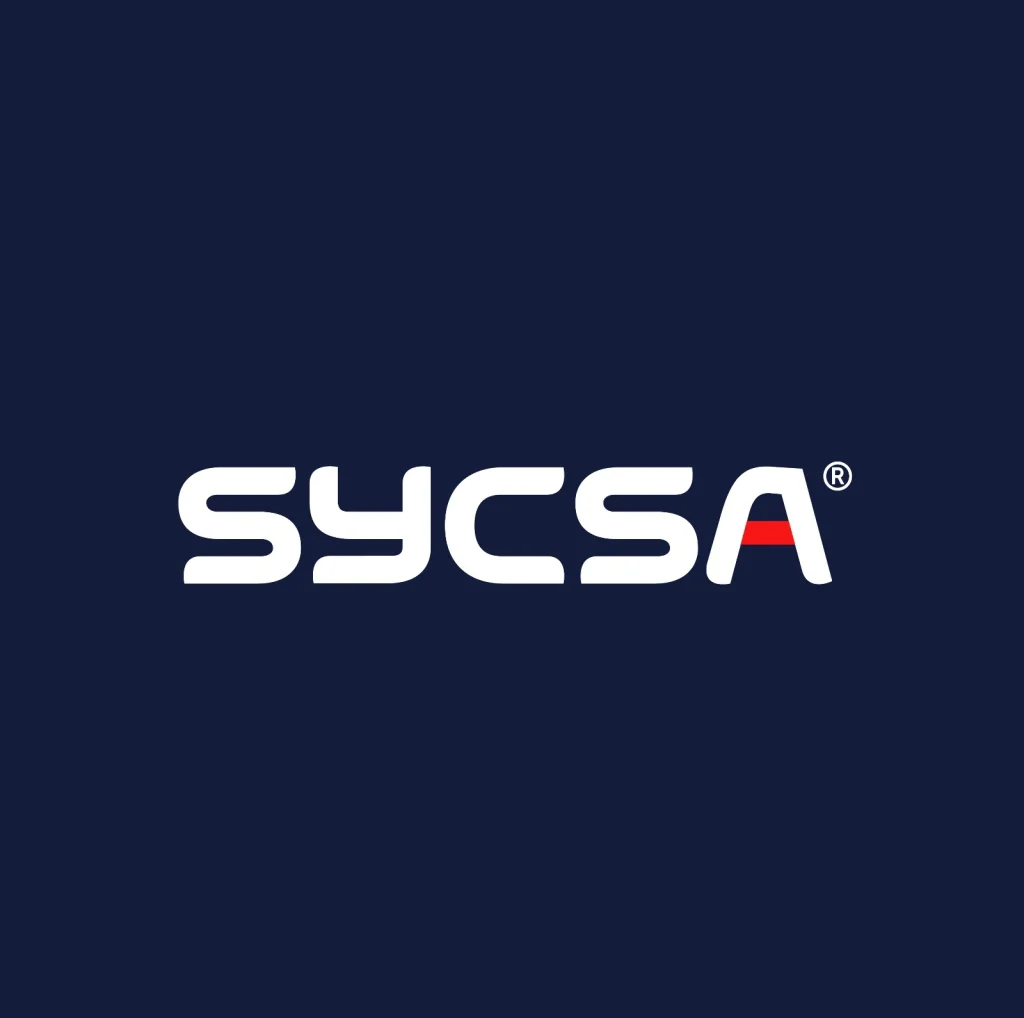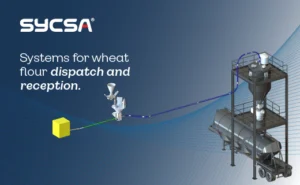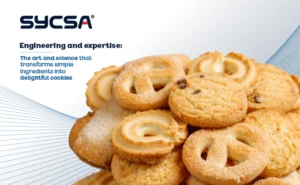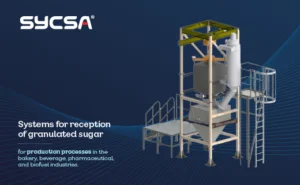ATEX, “explosive atmospheres” regulations are a European Union directive that regulates safety in environments where explosive atmospheres can form due to the presence of flammable dust, gases, or vapors. In the food industry, it is crucial to understand and apply these regulations to ensure the safety of workers and facilities.
Although ATEX regulations originated in the European Union, many industries around the world have adopted its guidelines. Our country, Mexico, is no exception, as are other countries in the Americas. The main reasons for this adoption are as follows:
- Safety: ATEX regulations are designed to ensure maximum safety in environments with a risk of explosion. By implementing these regulations, companies can minimize the risk of serious accidents and protect the health and lives of their employees.
- International standards: Although local regulations exist in many countries, the adoption of international standards such as ATEX can facilitate the operation of multinational companies. This is especially relevant for companies that export products or services, as by complying with ATEX, they can ensure that their operations comply with the regulations of different markets.
- Reputation: Complying with ATEX regulations can improve a company’s reputation in terms of responsibility and safety. This can be a decisive factor for customers and business partners who value safety and quality.
- Operational efficiency: Implementing advanced safety measures, such as those established by ATEX, can lead to more efficient operations and reduced downtime due to accidents or safety incidents.
- Local legislation: In some countries outside the European Union, ATEX regulations have been partially adopted or influence local regulations. Therefore, companies in these countries benefit from aligning themselves with these regulations.
What is an explosive atmosphere?
An explosive atmosphere is defined as a mixture of flammable substances with air, under normal atmospheric conditions, that can cause an explosion upon ignition. The five elements necessary for an explosion are oxygen, flammable product, ignition source, concentration, and confinement.
ATEX Zone Classification
The ATEX regulation classifies zones for organic dust handling systems based on the risk of explosion. The zones are divided into three main categories:
- Zone 20: Areas where an explosive atmosphere is expected to be present continuously or for long periods.
- Zone 21: Areas where an explosive atmosphere is expected to be present occasionally during normal operation.
- Zone 22: Areas where an explosive atmosphere is expected to be present only rarely and, if it does occur, only for a short period.
Organic Dusts in the Food Industry
In the food industry, organic dusts such as wheat flour, corn flour, sugar, and other dry ingredients can form explosive atmospheres when mixed with air. It is essential to identify and classify the areas where these dusts are handled to the appropriate safety measures.
Safety Measures
To comply with ATEX regulations, companies must take several safety measures, such as:
- Risk identification and assessment: Conduct risk studies to identify areas where explosive atmospheres may form.
- Selection of appropriate equipment: Use ATEX-certified equipment and protection systems to work in hazardous areas.
- Training: Train employees on the risks associated with explosive atmospheres and the safety measures to follow.
Implementing these measures not only ensures worker safety but also protects facilities and minimizes the risk of accidents.
SYCSA’s experience
At SYCSA®, we have a solid track record in the design and implementation of systems that comply with ATEX regulations. Our projects cover the safe handling of materials such as wheat flour, granulated sugar, powdered sugar, corn flour, and soybean paste, among others.
We offer comprehensive solutions for the food industry, from the storage of bulk raw materials to their transport, dosing, formulation, and dispensing and bagging systems. These solutions not only meet the highest safety standards but also optimize our customers’ operational efficiency.
At SYCSA®, we work every day to deliver innovation, safety, and excellence in every project, reaffirming our commitment to the industry and the well-being of our employees and customers.


